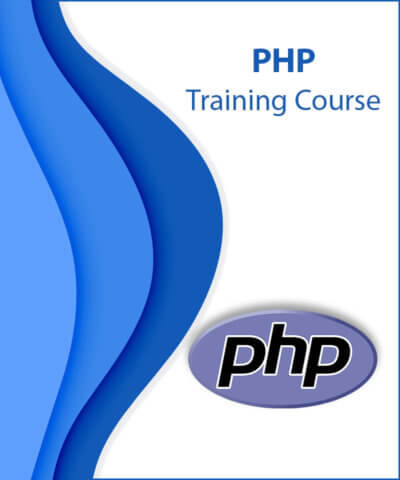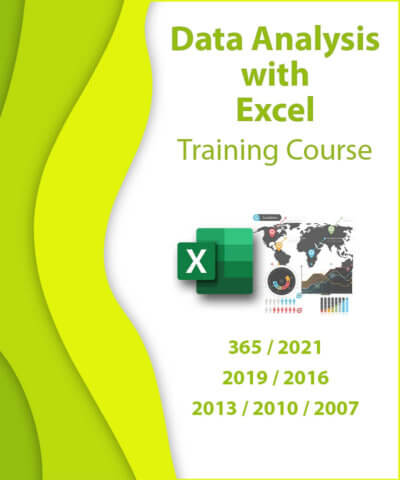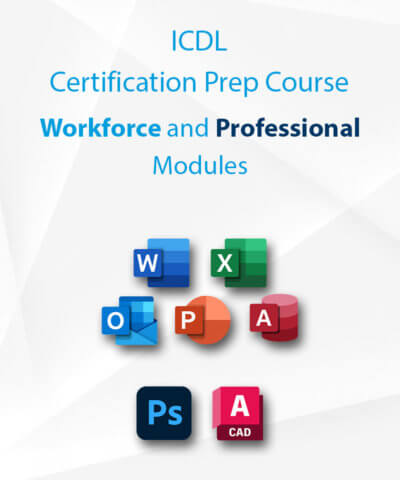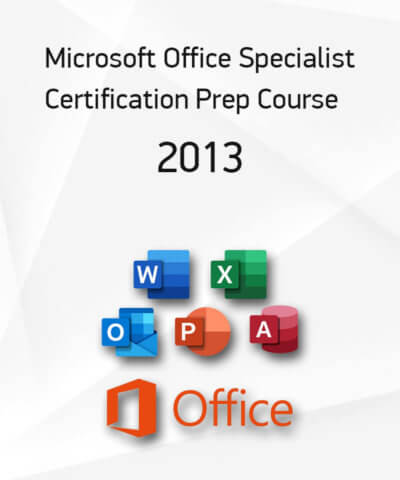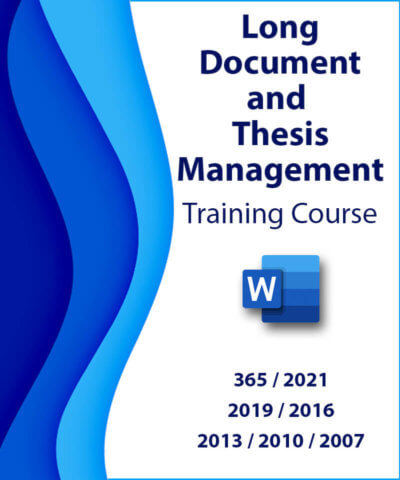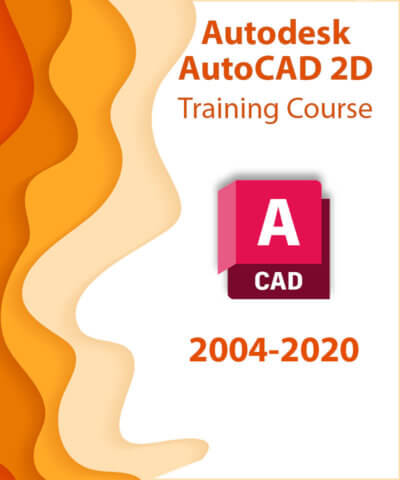IT Skills assessment for Financial managers, credit analysts, bank officers
Analyzing financial data is a common place in the description of various professions. It is often found in positions related to finance, such as CFOs, credit analysts, bank clerks, etc. Depending on the size of the organization, these executives may form an entire department by themselves or they may be working as part of a team of specialized executives.
The day-to-day responsibilities of the people holding these positions involve:
- Conducting surveys and analyzing data for decision making
- Troubleshooting through data analysis
- Controlling of cashflows, expenses, budget management
- Carrying out market research
- Presenting ideas / strategies
- Preparing and distributing financial, statistical etc. data
In order to perform their duties properly, these executives must know very well how to operate various applications so as to produce the desired result.
Job positions with similar typical skills
Jobs with similar formal qualifications include: Financial managers, Credit Analysts, Bank officers Accountants, Assistant accountants, Payroll officers, Junior financial analysts, Accounts payable, Financial administration assistants, Assistant auditors, Assistant financial controllers.




